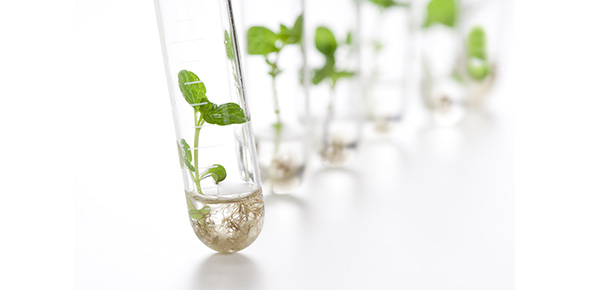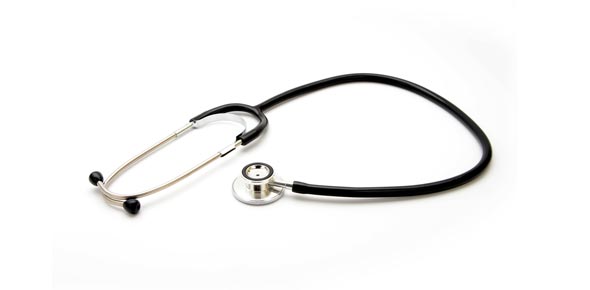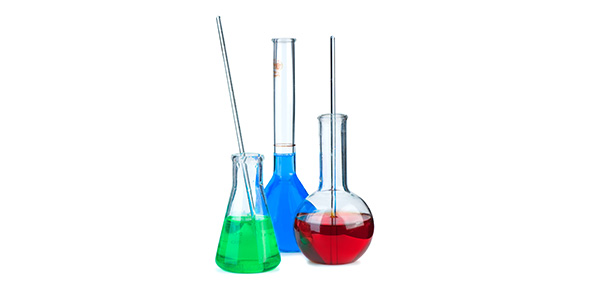Related Flashcards
Related Topics
Cards In This Set
| Front | Back |
|
The
Five I’s:
|
•Inoculation
–Addition
of microorganism to supporting medium
•Incubation
–Proper
growth temperature and time
•Isolation
–Creating
pure culture from a mixed population
•Inspection
–Macroscopic
and microscopic observations
•Identification
|
|
How do you culture a microorganism?
|
•To
identify the agent that causes a specific disease requires that microorganisms
be isolated and cultivated or cultured
|
|
Step 1 to cultivate microorganism
|
–Inoculum (sample to be cultured)•Environmental specimens (water, air, soil)•Clinical specimens (obtained from patient)•Stored specimens (previously cultured)
|
|
Step 2 to cultivate microorganism
|
–Medium(collection of nutrients allowing growth of inoculum)•Liquid broth •Solid media
|
|
Step 3 to cultivate microorganism
|
–Incubation (placing inoculated media at proper temperature for specific period of time)•Observable growth appears in or on medium after incubation is known as a culture
|
|
Clinical
Specimens:
|
•A
clinical specimen is a sample of human material to be examined or tested for
the presence of a pathogen
|
|
How do you properly handle a clinical specimen? (3 Steps)
|
•Must
take care not to contaminate the sample with organisms from the environment or
other region’s of the patients body
•Must
be labeled properly
•Must
be transported quickly to the lab to avoid death of microbe and minimize growth
of normal microbiota
|
|
•Obtaining Pure Cultures:
|
–Technique
for isolating the suspected pathogen from normal microbiota in a culture
|
|
Pure
culture :
|
–refers
to a cultures composed
of cells arising from a single progenitor (parent or original cell)
•Progenitor
is termed a CFU
(colony forming unit)
|
|
Aseptic
technique:
|
Refers
to a set of instructions used to prevent further contamination by microbes
|
|
Two
common pure culture
isolation techniques:
|
•Streak
plates
•Pour
plates
|
|
•Culture Media:
|
–Used to support the
growth of microorganism or as a means of identification
|
|
–3 Physical States of Media
|
•Liquid
•Semi solid
•Solid
|
|
6 types of general culture media:
|
•Defined media
•Complex media
•Selective media
•Differential media
•Anaerobic media
•Transport media
|
|
Physical
States of Media
•Liquid:
|
–Water-based
solution
–Growth
appears as cloudiness or turbidity
|







